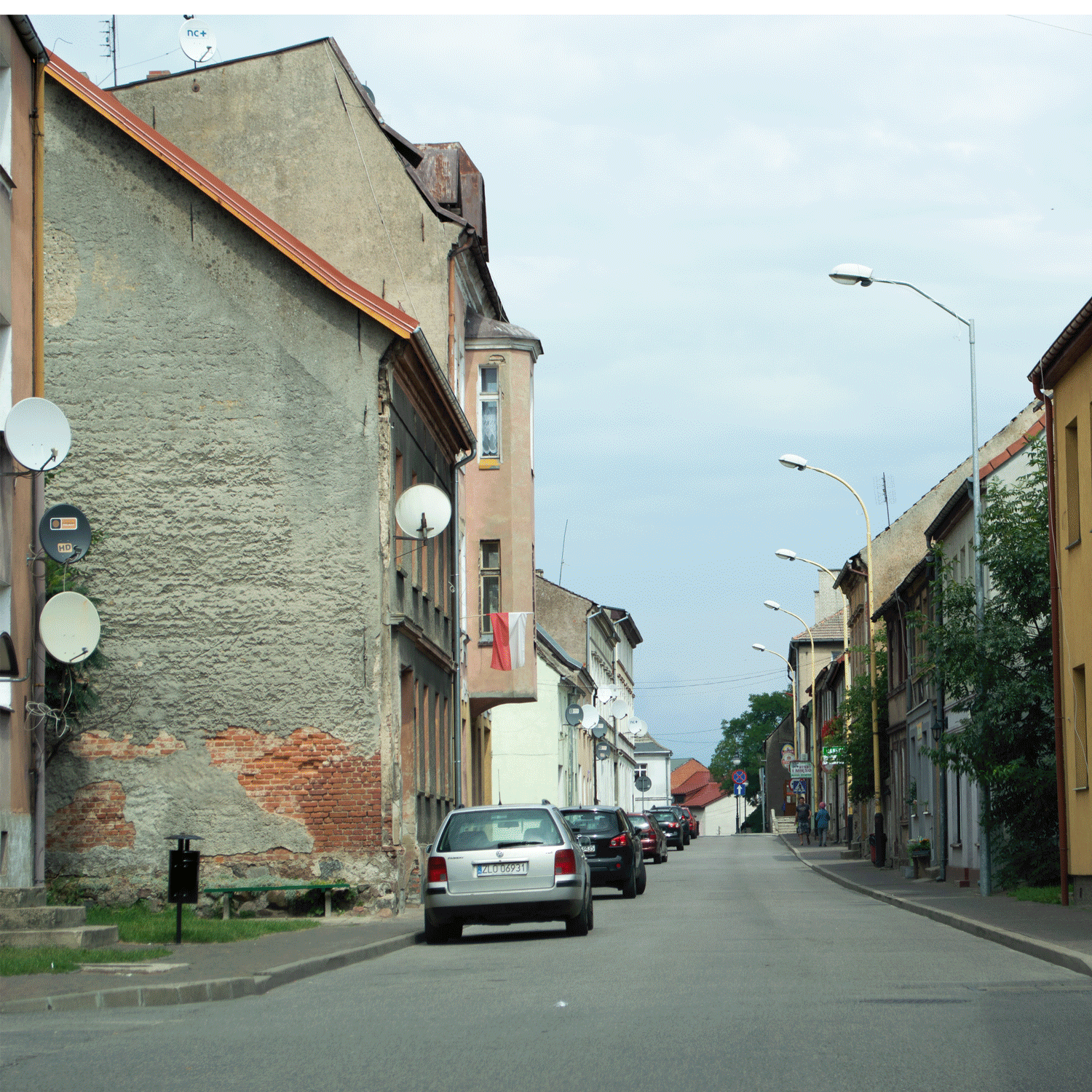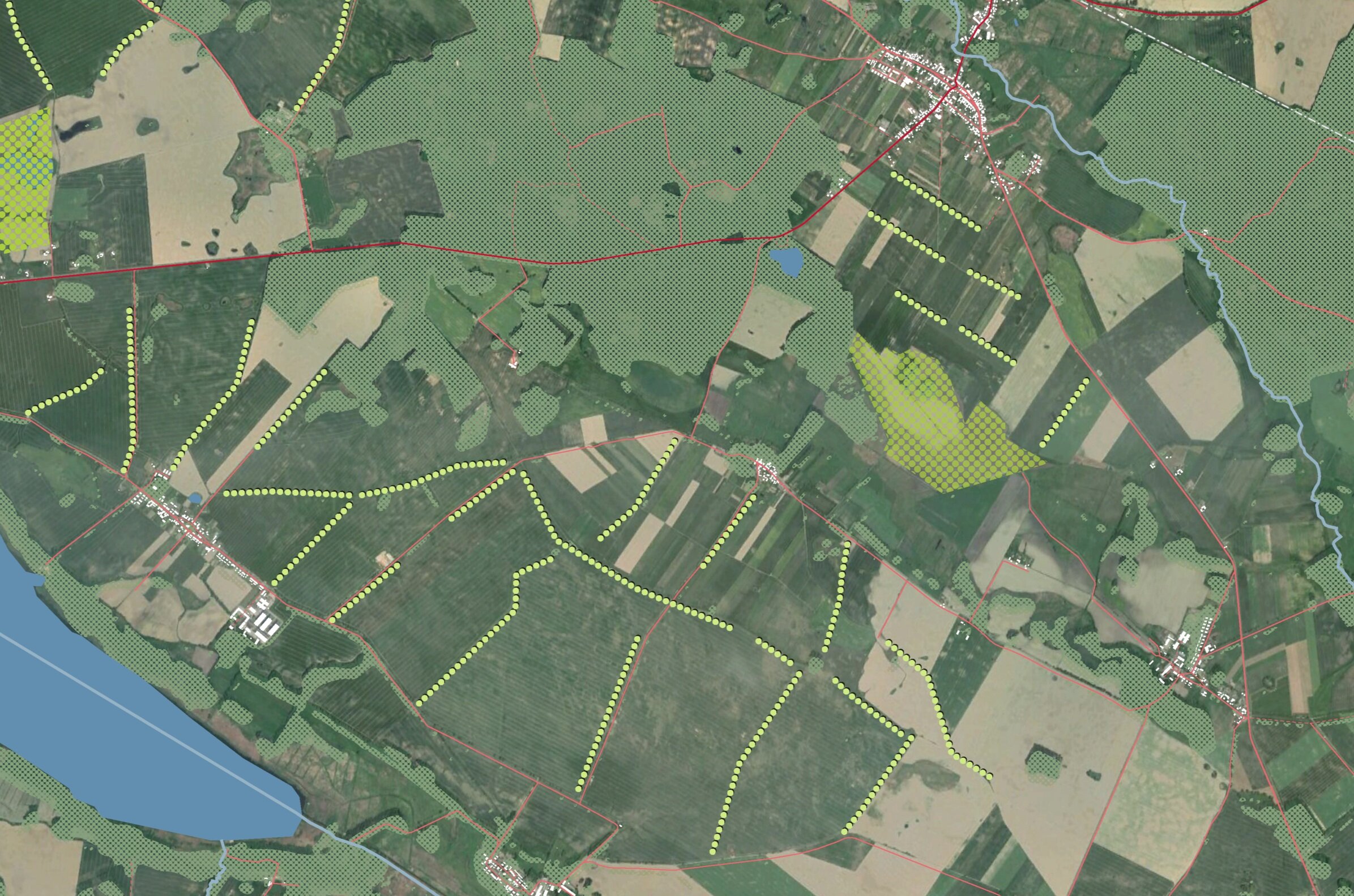Socio-ecological Cohesion
Bioregional Strategy ‘Beyond Growth’ for the Szczecin Functional Area, Poland
Master Thesis | 2019 - 2020 | Szczecin, Poland
Climate changes, sixths mass extinction, use of the natural environment, and extreme landscape transformation have been bringing the question of long, sustainable future. A broadly accepted ‘growth paradigm’ has been reaching ecological limits on the planetary level. On the local level Szczecin city, with its rural region, localized in West Pomerania Voivodeship (Poland), has been already facing ecological challenges, but also marginalization and social exclusion. Broadly accepted strategy, based on the neoliberal model of economy, focusing on developing region on its economical level, with no direct translation into the quality of living of its citizens. Dependence, lack of resilience and so-called developed ‘undevelopment’ addressing need of search for strategies ‘beyond growth’. Presented thesis project, has been focusing on the exploration of the bioregional approach and its possibilities as the spatial planning framework. The project has been supported by a grant from The Van Eesteren-Fluck & Van Lohuizen Foundation.

typology - town

typology - village

typology - suburbs

typology - city
Design objectives related to layers of interventions with specific spacial actions
Conceptual scheme: bringing cohesion between ecological and social structure
This project has been divided into theoretical and practical parts. The first half of the project developed research over bioregional approaches in the peripheral regions and the characteristic of the site - functional area of Szczecin city- in order to the understood the condition of the region. The second part proposed a strategy for the region, based on 4 strategic objectives gathering different types of spatial interventions. By introducing social infrastructure projects aimed to improve the ecological conditions of the region: a. food production b. water conditions c. use of the natural environment.
Enhancing city -Suburbs relations
Enhancing town-village relations
Final part of the thesis focused on the implementation process. Based on analysis of the stakeholders, existing programs and founding, proposed interventions have been integrating all of them into one. Proposed actions has been elaborated in the time frames with recommended evolution of the policies as well. As conclusions for the implementations, three design exercises analysed also the local planning process. Each of the schematic design examined combination of defined objectives in different spatial conditions. Outputs of the analysis allowed building recommendations for improved planning processes, through cohesion policies.
Imagined integration: social introducing ecological changes





Design exercise 1 - Care facility with river park and land use changes

Design exercise 2 - Landscape transformation through policies

Design exercise 3 - Change in land use for flood-protecting park

Design exercise 4 - Zoning for development with social infrastructure






